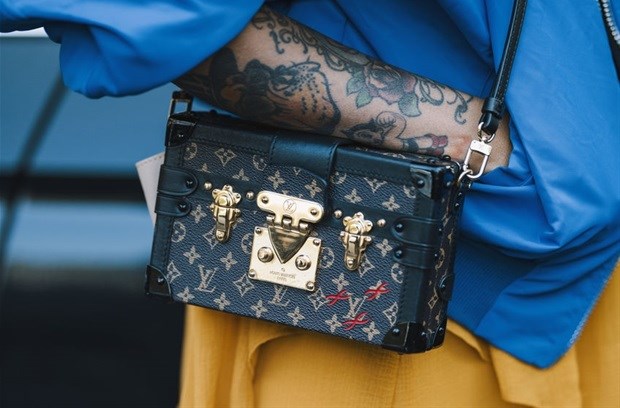Trademark law and its limits in the fashion industry

There are a number of common problems associated with establishing classic designs. If they are not protected, imitations are likely to take advantage of well-earned reputations. On the other hand, copying is said to be what drives the creative process in fashion, creating a greater demand for what is new and special.
While it is possible to obtain protection for designs through registered designs and to claim rights in copyright law, there are limitations. Design and copyright law provide limited protection in fashion, as they protect only the technical inventions, artistic appearance or the unique elements of fashion, leaving everything else available to be copied.
While registered designs may be beneficial in that they prevent others from making, using or selling designs, few meet the requirements that they be new and original, as new designs often draw on previous trends in fashion. Registration of a design is also quite costly.
Trademarks can provide a more suitable means of protection. Preventing the imitation of a mark helps to prevent damage to the reputation and goodwill of a business and, in turn, protects product sales.
Marks are registrable if they are capable of distinguishing the goods of one person from the same kind of goods of another. Trademarks can take many forms, including words, names, shapes, patterns and colours. One unusual example of a colour trademark is Louboutin’s famous red outsole.
Registering unusual marks like colour can be difficult and for good reason. Granting protection for a certain colour red means that no-one else can use that colour but there are only so many colours available, so stricter requirements need to be fulfilled before a monopoly is granted over a colour.
Dress designs provide another example of an unusual mark. It needs to be immediately clear to the public that it is the dress of a certain designer to be registrable as a trademark. Dresses are, by their very nature, functional and not usually seen as a means of identifying origin without the name of the designer or fashion house.
When available, protection under trademark law may include claims for infringement, trademark dilution and unfair competition.